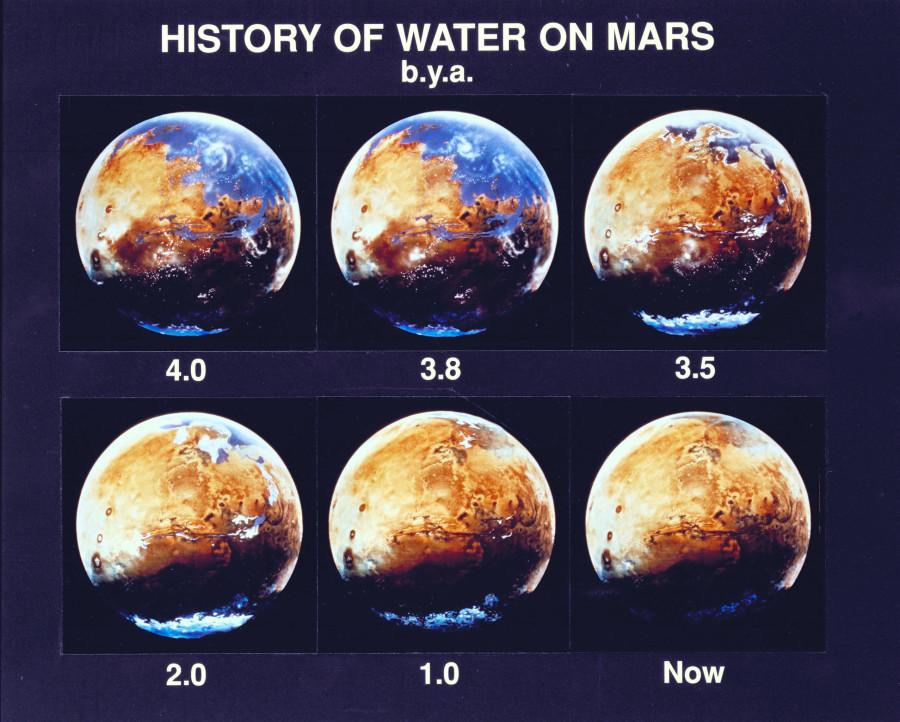Mars discovery gives hope of life in space
October 19, 2015
Scientists have long thought that there is water on Mars. Recent photos now show that water is, indeed, present in the polar ice caps–but frozen solid.
A recent major discovery has confirmed that liquid water has been discovered on Mars. Water is essential to life, and this discovery shows that there may very well have been life on Mars. However, it’s too early to get too excited.
The 1967 Outer Space Treaty forbids any country from sending a mission, be it robot or human, from going near the water. The reason for this is the possibility of contamination.
The rover Curiosity has no doubt picked up dirt, dust and countless other forms of contamination on its journey to Mars. While it is possible to decontaminate the rover, there’s no real guarantee of sterilization, which means the rover is not allowed to go near the water.
The only real way to sterilize Curiosity is to blast it with intense amounts of heat and radiation. This would wipe out anything that managed to survive the journey from Earth to Mars as well as anything it picked up on its way there.
Unfortunately, the process would also wipe out the rover’s internal electronics, rendering it useless.
The restriction is not in place for just the newly discovered liquid. Planetary protection protocols determine where a mission can land and how far it can explore. As rovers Curiosity and Opportunity explore the planet, they are finding more areas where they cannot go.
The National Aeronautics and Space Administration (NASA) official web site says that the Mars 2020 rover and, presumably all other rovers, cannot access Special Regions, which are defined as “locations where conditions could exceed a temperature of -25C and water activity of 0.5 at the same time.”
Areas warm enough and wet enough to support life are out-of-bounds for the rovers. They can’t visit polar ice caps, caves or areas with volcanic activity.
The same goes for regions with ice as deep as five meters because the Mars 2020 Rover has a plutonium-powered generator. If the generator falls off the rover and hits the surface, it can melt ice at this depth and turn it to liquid, which will disrupt the natural state of things.
Despite the discovery of water, NASA’s rovers can’t touch it or even get close. Until a solution can be found that will guarantee 100 percent sterility, Curiosity and other rovers will have to stick to roaming and looking but not touching.





























